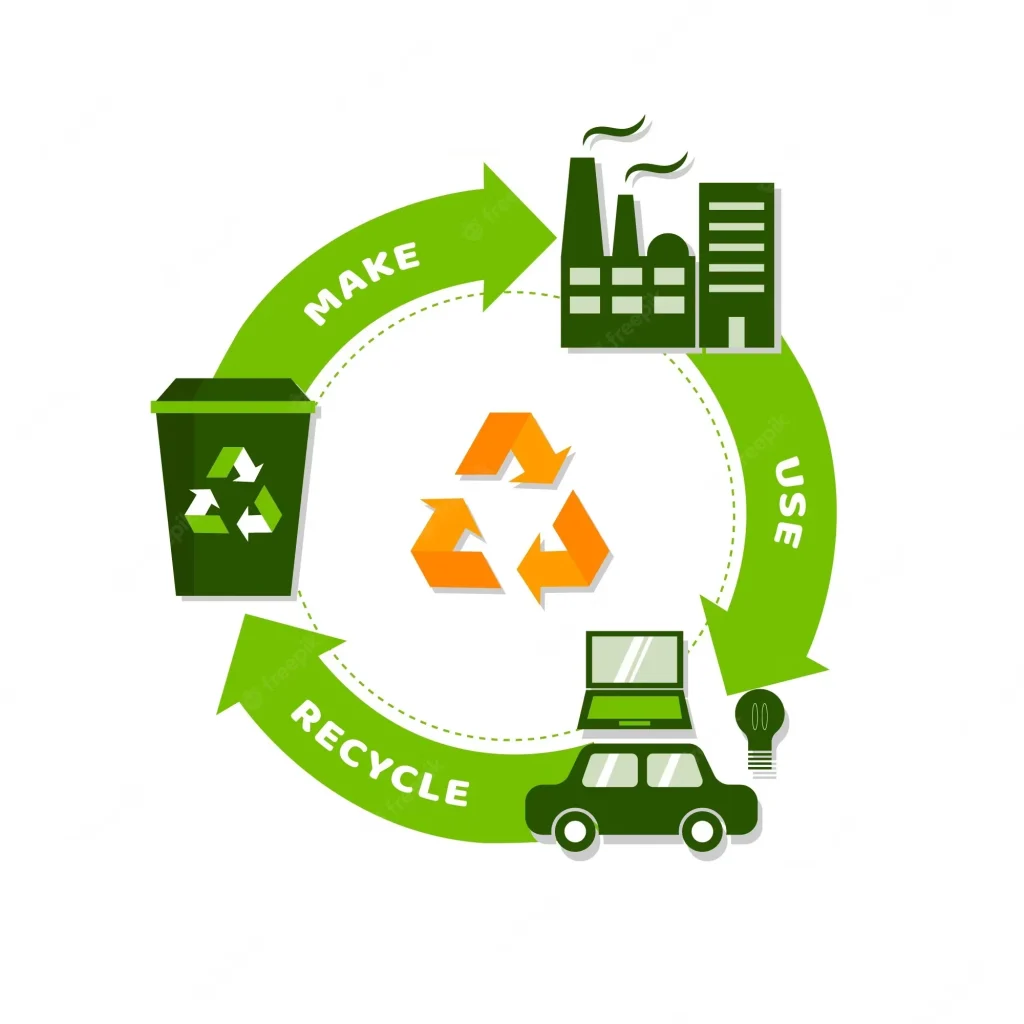
Image Source: Pexels
The world is increasingly leaning towards eco-friendlier practices, with businesses re-evaluating their operations to promote sustainability. A significant shift in this direction is seen in the realm of supply chains. Instead of adhering to traditional linear supply chains, many businesses are transitioning tocircular supply chains. This article delves into the concept, its enablers, barriers, and the role of supply chain professionals in cultivating a circular economy.
Understanding Circular Supply Chains
Traditional supply chains follow a linear path – from raw materials to production to disposal. This model, while prevalent, is neither cost-effective nor environmentally friendly. The concept of a circular supply chain emerges as a more sustainable alternative. It revolves around the principle of recycling and reusing materials, minimizing waste, and reducing the carbon footprint.
In a circular supply chain, raw materials used in production are repurposed into another product’s manufacturing. This process not only aids businesses in saving money but also contributes to a greener economy.
From Linear to Circular: A Paradigm Shift
Shifting from linear to circular supply chains signifies a considerable transformation. Linear supply chains have a straightforward path where materials are produced, used, and discarded. On the other hand, circular supply chains recycle and reuse a large fraction of materials in the product, thus minimizing waste.
Consider the example of aluminum cans. These cans are recycled and reproduced at a high rate. Used cans are separated from general trash, collected, cleaned, and then reworked along with “fresh” aluminum. Similarly, office furniture and clothing items like uniforms are being repurposed to create newer products.
Enabling the Circular Economy: Key Features
Two systemic features make circular supply chains work: parts commonality and easy disassembly, and highly local production. In the cellular production of a biological cell, these features reduce the cost of re-use and increase its value because the materials are locally available and more cheaply and quickly obtainable than materials from elsewhere.
In the context of supply chains, these features arguably characterize the products involved. For instance, aluminum recycling can happen within the reach of one factory. Similarly, the reuse and remanufacture of furniture and clothing items enable local recycling markets.
Challenges to Circular Supply Chains
While the prospects of circular supply chains are promising, their broader implementation faces considerable barriers. Many supply chains involve products that are complex in basic structure and span vast geographies. Traditional supply chains have optimized for performance via specialization of parts and economic efficiency via economies of scale.
To recycle and remanufacture products, collection systems would have to stretch over large distances to bring the products back from the locus of use to the locus of manufacturing. Moreover, due to parts specialization, amassing enough volumes of the parts to make recycling worthwhile is a challenge.
Overcoming Barriers: Technological Developments
Technological advancements could support the transition towards more circularity. For instance, the advent of 3D printing has made decentralization in supply chains more economical. As 3D printing becomes more widely adopted, the initial assembly plants of complex products may still need centralization, but spare parts could be decentralized completely to the point of use.
The Future of Circular Supply Chains
The future of circular supply chains depends on businesses and consumers adopting more sustainable practices. Businesses need to give up some economies of their large manufacturing plants and cut back on the specialization of parts. Consumers need to be willing to forego performance for environmental sustainability.
However, achieving widespread cyclical supply chains may take time. At present, circular supply chains are likely to remain relatively rare outside those that are naturally local and simple to begin with.
The Role of Supply Chain Professionals
Supply chain professionals play a crucial role in creating a circular economy. They are responsible for reevaluating how supply chains work together to create a better, lower-cost product-flow. By practicing reverse logistics and building circular supply chains, they ensure that businesses and the economy are more effective with the limited amount of resources available in modern times.
Conclusion
Circular supply chains offer a sustainable solution to the ever-growing waste reduction problem and the rising cost of raw materials. By adopting this model, businesses can grow while producing much less waste than traditional processes. As more companies implement circular supply chains, it’s clear that this sustainable business practice is not just a passing trend but the future of supply chain management.


